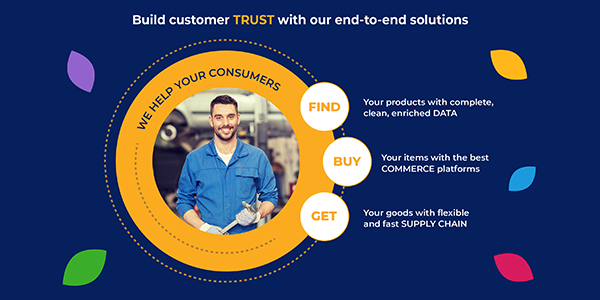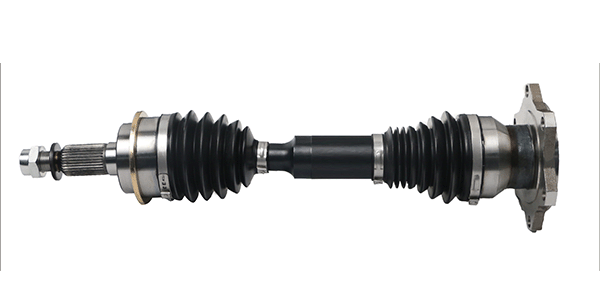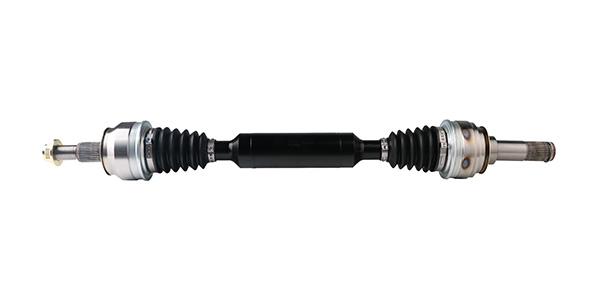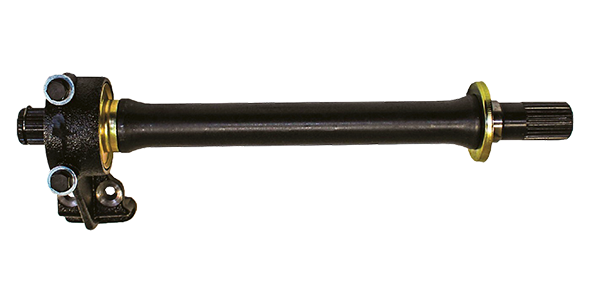In recent years, the definition of corporate sustainability has expanded to include environmental, social and governance practices, or ESG. The “Social” pillar of ESG emphasizes the importance of ensuring the health, safety and well-being of employees in the workplace.
Before we go any further, let’s be clear: Providing a safe and healthy workplace is required by law in the United States, and in most industrialized nations. But the reality is that some companies view employees as a commodity and workplace injuries as a cost of
doing business.
Setting aside the legal and ethical obligations of employers to protect their workers, there’s a compelling business case for implementing strong workplace safety and health measures.
The benefits of an effective safety and health program go straight to the bottom line. According to data cited in a National Safety Council whitepaper, each prevented lost-time injury or illness saves $37,000, and each avoided workplace fatality saves $1.4 million. Those cost savings can come from the medical expenses, higher workers’ compensation premiums, legal fees and OSHA fines that were avoided. They also stem from production delays and damage to equipment that never occurred.
In addition to saving substantial resources, a safe and healthy work environment contributes to higher productivity levels. Employees who work in environments where their well-being is a priority are more likely to be engaged, motivated and focused on their tasks. This leads to better work output, higher-quality products and more efficient service delivery.
The aforementioned National Safety Council whitepaper cited a study in which over 60% of CFOs reported that each $1 invested in injury prevention returned $2 or more, while over 40% said productivity was the biggest benefit of an effective workplace-safety program.
A company that invests in the well-being of its workforce demonstrates that it values its employees, leading to improved morale and job satisfaction. High morale is closely linked to lower absenteeism, reduced turnover rates and a more committed and loyal workforce – all of which contribute to the stability and growth of the business.
In a tight labor market, a company’s reputation as a safe and healthy place to work can be a significant differentiator. Talented individuals are more likely to be attracted to and stay with companies that prioritize their health and safety, reducing recruitment and training costs associated with high employee turnover.
There are other ways that businesses can leverage safety and health as a competitive advantage. Companies with strong safety and health records are in a better position to compete in markets where customers and clients value corporate responsibility. This can be particularly important in industries in which contracts and tenders evaluate the safety records of bidding companies. It also can help attract socially responsible investors who are increasingly considering ESG factors in their investment decisions.
One last benefit that we’ll mention might come as a bit of a surprise. Implementing and maintaining a robust safety and health program encourages a culture of continuous improvement and can lead to innovations in processes and products. Companies often find that safety improvements contribute to operational efficiencies, reducing waste and enhancing sustainability.
Investing in workplace safety and healthy isn’t just a check-the-box compliance issue. It’s about protecting a company’s most valuable assets – its employees – and building a resilient, productive and competitive business. The benefits extend beyond the immediate workplace, contributing to the company’s reputation, financial health and long-term sustainability.
Brought to you by Motorcar Parts of America.














